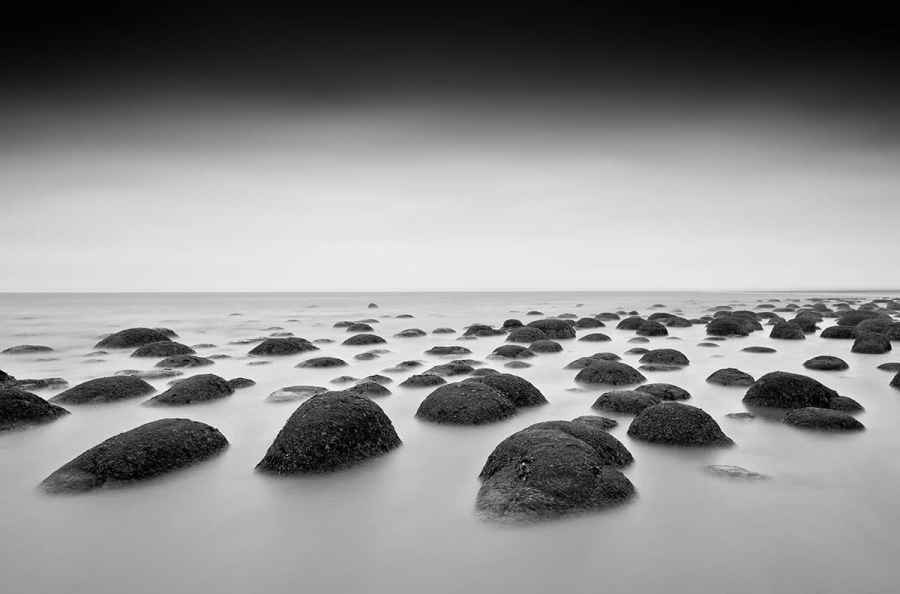Every photographer will inevitably have their own style of shooting. What one person might define as the perfect setup could quite possibly be the worst arrangement for another. Canon is seemingly aware of this issue and in response has kitted the 7D Mark II with a plethora of customisable settings to allow the photographer to mould the camera to their own specific personal tastes. Sadly, though, all too often this is an area that snappers will either overlook or dismiss entirely, usually because the thought of delving into the depths of the camera’s settings can seem something of a daunting experience – especially if they’ve never attempted it before. However, this couldn’t be further from the truth, and once you’ve grasped the basics, it’ll soon open up the door to a whole world of customisation options that are sure to improve your shooting experience, and with it your photography as well.
The total list of adjustable settings and options on the 7D Mark II is just far too long to go over in just a few pages, but to get you started we’re going to highlight what we would consider to be some of the most important options that you should be adjusting in order to better tailor your camera to your needs.
Starting with the basics, the main Settings Menu is accessed by pressing the Menu button, which is located on the back of the camera. The Settings Menu consists of six main categories that are separated out into different tabs at the top of the screen. Each category has a series of sub-categories within it that are denoted by a series of small pips to the left and just beneath the row of main tabs. Scrolling through these options is easy – just use the main command dial on the top of the camera to scroll horizontally through each of the main and sub-categories, while the rear command dial on the back of the camera can be used to scroll vertically through each of the displayed options. The Set button is used to confirm your choice, whilst pressing the Menu button will take you one step backwards. Alternatively, you can use the thumb joystick to navigate the Settings Menu as well, pressing it inward to confirm your choice.
ISO expansion

Straight out of the box, the Canon 7D Mark II’s ISO sensitivity is able to span from 100 to 16,000. But, did you know that you can expand this setting even further to 25,600 and 51,200 through the settings menu? To do this, start off by entering the Settings Menu by pressing the Menu button. Once there, scroll across to the second set of options under the red camera icon – listed as SHOOT2. The second option from the top of the list should be ‘ISO Speed Settings’; select this and press the Set button to enter it. In the next window, choose the option ISO Speed Range and hit Set again to enter this option. From this window you can add a cap on the highest and lowest ISO settings that can be accessed. As we’ve already mentioned, by default the maximum is set to 16,000, but scrolling over the Maximum setting and pressing Set will allow you to increase this further to either 25,600, or all the way to the 51,200 ceiling. Hit enter to confirm the choice and then press the Menu button a few times to back all the way out of the Settings Menu. Now, when you press the ISO button, you should be able to access the H1 (25,600) and H2 (51,200) options that were previously greyed out and unavailable. It’s worth noting, however, that ISO 51,200 is only usable when taking still photography and is not accessible when in the video record mode.
Long Exposure Noise Reduction

The Long Exposure Noise Reduction setting is an incredibly useful tool that’s designed to increase image quality when shooting with very long exposures. When activated, the camera will take a second blank exposure immediately after your first exposure has finished, using the same shutter speed as the original photo. The camera then combines the two exposures in-camera to remove any excess digital noise that has been generated as a result of using a long exposure. The slight downside is that it will inevitably slow the pace of your shooting as the image will take double the amount of time to capture, but generally it’s worth it for the increased image quality. Rather than having the mode on all the time, we recommend only activating it when needed.

Try using the Long Exposure Noise Reduction feature to produce cleaner long exposure results at night
To activate this, head to the main Settings Menu and scroll across to the third sub-category underneath the camera icon (listed as SHOOT3). From the list, highlight the ‘Long exp. Noise Reduction’ option and press the Set button. From here there are three options, Off, Auto and Enable. Auto mode will enable the noise reduction for any exposure that is longer than one second where the camera detects exposure noise. Enable mode will apply noise reduction to every image that has an exposure of more than one second.
AF Microadjustment

If you’re fanatical about sharpness or simply want to ensure that you are getting the most from your camera’s AF, the Microadjustment setting will be right up your street. This allows you to adjust how the camera’s AF system works in order to correct any forward- or back-focusing issues you may be experiencing. In order to do this correctly, though, you’ll need a tripod and an AF Focusing Chart. Professional calibrating equipment such as the Datacolor SpyderLenCal (£47) are available, though there are also freely available printable versions online if you’re on a budget.
To access the Microadjustment setting, press the Menu button to access the Settings Menu, then scroll across to the fifth and final sub-category (AF5) under the purple AF tab. Now, highlight the ‘AF Microadjustment’ option and press Set to open it up. Here you’ll be shown three different options: disable, which deactivates the changes you have made, ‘All by the same amount’ which will apply changes to every lens that is attached to the camera, and finally ‘Adjust by lens’, which allows you to make varying adjustments based on each lens you use. To make an adjustment using either of these options, highlight it and press the Info button, then use the command dial to make an alteration. If you make a mistake or simply want to undo any of the adjustments you’ve made to the AF Microadjustment settings, press the Rubbish Bin button at the bottom left of the camera.
Orientation Linked AF Point

First introduced on the original 7D, the Orientation Linked AF Point option allows you to set up to three different AF point selections, which will alter depending on whether you are holding the camera landscape, portrait with the grip pointing upwards, or portrait with the grip pointing down. This can be incredibly useful if you find yourself often switching between orientations as it allows you to define different active AF points for each orientation, instead of having to manually alter them each time you switch from portrait to landscape.
To activate this mode, press the Menu button, then scroll across to the fourth set of sub-categories within the purple AF settings (shown as AF4). Now, select ‘Orientation Linked AF Point’ and press Set to enter this option. In the next window you’ll see three options. ‘Same for both vert/horiz’ is the default mode and will mean that the activate AF point will remain the same no matter how you hold the camera. ‘Separate AF pts: Area + pt’ will allow you to define differing activate AF points and AF formations for each orientation, while ‘Separate AF pts: Pt only’ will only adjust the active AF point position for each orientation, keeping the AF formation the same throughout.
Step by step: Accessing and using the Settings Menu with your Canon DSLR
Step 1

In order to access the main settings menu, locate the Menu button, which is positioned at the top-left corner on the back of the camera – directly below the On/Off switch.
Step 2

Use the main command dial just behind the shutter button to quickly navigate horizontally through the various categories and sub-categories within the Settings Menu.
Step 3

Once you’ve located the list of settings you would like to alter, use the rear command dial on the back of the camera to scroll up and down the list.
Step 4

With the option you wish to alter highlighted, press the Set button in the centre of the rear command dial to select the setting and adjust it accordingly.
Step 5

Once you’ve finished adjusting the settings, press the Menu button a few times until you have backed out of the Settings Menu entirely.







